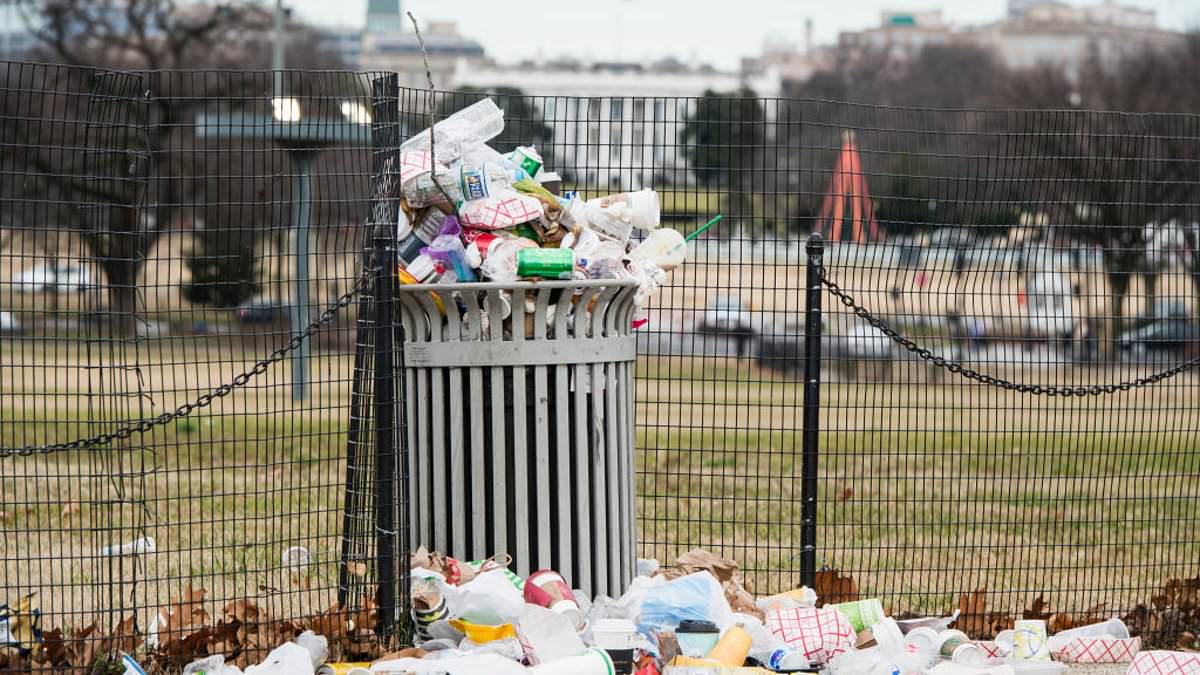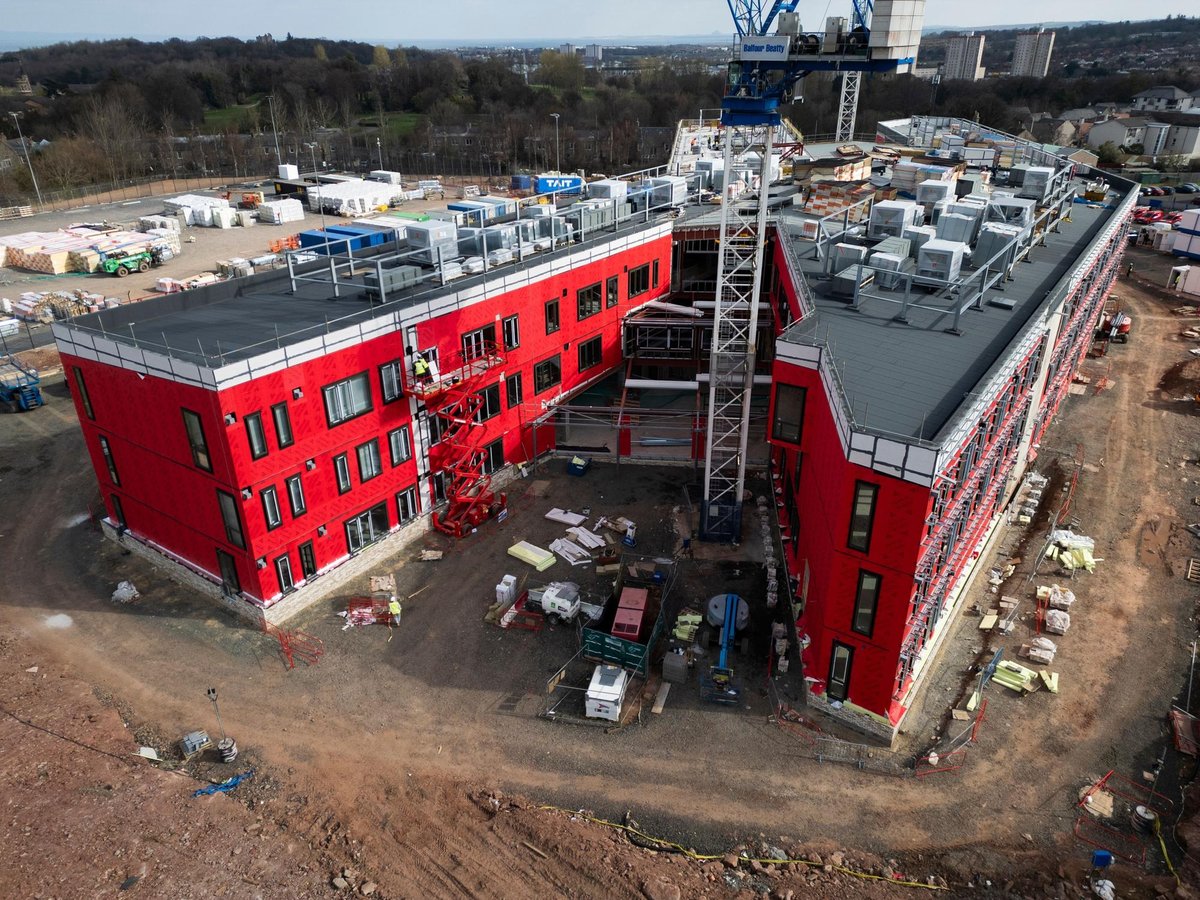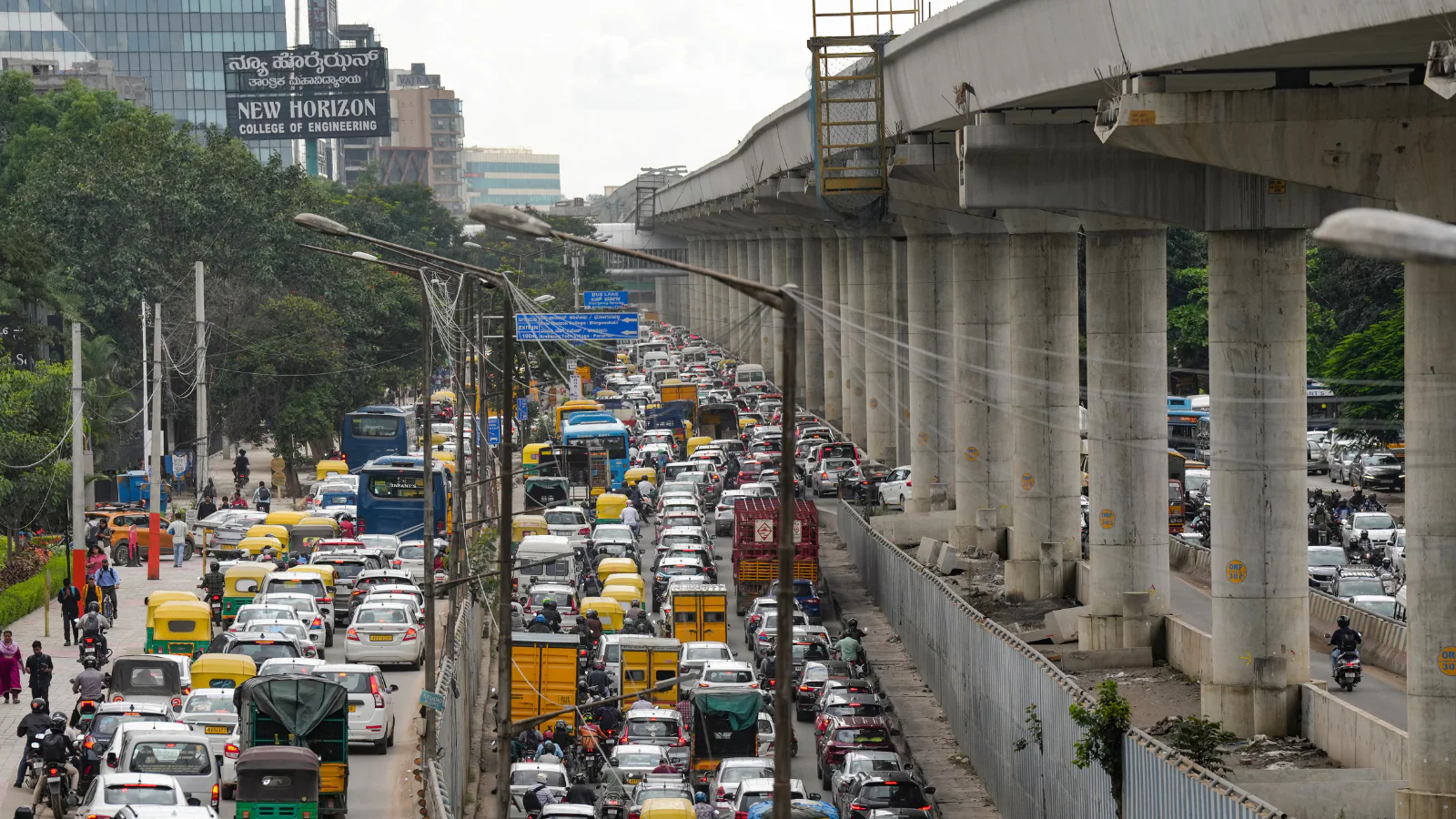By Editor,Jon Michael Raasch
Copyright dailymail

For the first time in seven years, the federal government has shut down.
As America wakes up to a crippled government, the question is how much pain the public will endure before one party caves, and which side will take the political hit as voters begin to feel its effects.
Wednesday will mark the first federal government shutdown since December 2018, when a standoff over border wall funding during President Trump’s first term led to a historic 35-day closure.
A memo issued by the Office of Management and Budget alerted that the current federal funding levels ‘expire at 11:59 pm tonight.’
‘Unfortunately, Democrat senators are blocking passage of H.R. 5371 in the Senate due to Democrats’ insane policy demands, which include $1 trillion in new spending,’ the memo said. The Senate plans to vote on the twice-failed funding bill again on Wednesday morning.
The lapse in funding will result in hundreds of thousands of government workers getting furloughed, while millions of federal employees will be on edge as they await to know whether or not they are deemed ‘essential’ and need to work during the shutdown. The 1.3 million U.S. military personnel will go without pay as well.
For everyday Americans, services like passport offices, federal loan offices and food inspections will come to a grinding halt, as these services are deemed non-essential. Museums and National Parks will close, too.
President Donald Trump has already warned of dire consequences for Democratic priorities.
‘We can do things during the shutdown that are irreversible – that are bad for them and irreversible by them – by cutting vast numbers of people out, cutting things that they like, cutting programs that they like,’ Trump said in the Oval Office on Tuesday.
‘A lot of good can come from shutdowns,’ he said later in the day.
Senate Minority Leader Chuck Schumer pointed the finger at Republicans, who he said were ‘not serious about keeping it open.’
However, a recent New York Times/Siena poll found that two out of three respondents, or 65 percent, believe that the Democrats should not shut down the government if their demands are not met.
Republican lawmakers have been quick to deflect the blame for the funding impasse on Democrats, labeling it the ‘Schumer Shutdown’ on social media and in their official communications.
Typically, Congress is supposed to pass a dozen separate appropriations bills to fund the government, but this has not happened in years; instead, lawmakers have opted to pass continuing resolutions (CRs), which largely maintain funding levels as previously established in the passed funding bills.
Economically, the shutdown is expected to impose temporary disruptions, but its long-term effects are expected to be limited, according to many analysts. Layoffs could dampen consumer spending and slow services such as health inspections, veterans’ assistance and Social Security inquiries.
The shutdown will also force the Federal Aviation Administration to suspend hiring and training and delay safety initiatives, according to experts.
Essential operations, including border security, law enforcement and medical care will continue.
Most current forecasts expect this federal government shutdown to be relatively short, with the likeliest scenario involving a temporary seven-week extension if Congress can break the deadlock soon.
The impasse has arisen because Republican and Democratic leaders, including House Speaker Mike Johnson, R-La., House Minority Leader Hakeem Jeffries, D-N.Y., Senate Majority Leader John Thune, R-S.D., and Schumer, D-N.Y., have yet to strike a deal on spending levels.
House Republicans under Johnson passed a CR earlier this month to keep the government’s lights on through November. However, Democrats in the Senate are opposing the Republican-led CR over its lack of healthcare funding provisions.
As it stands, the GOP proposal resides in the Senate, where it needs 60 votes to pass and head to President Donald Trump’s desk, where he would have needed to sign it before midnight Wednesday to avoid a shutdown.
Schumer and Senate Democrats have openly said for weeks that they are not willing to support the measure unless provisions are added to make permanent tax cuts from the Affordable Care Act, which are slated to expire by the end of the year.
Democrats are also pushing to repeal parts of Trump’s domestic policy agenda, the Big Beautiful Bill Act, which resulted in cuts in rural hospital funding and Medicaid.
There are 53 Republicans in the Senate, so any proposal would need at least seven Democratic votes to pass.
If a funding bill is enacted within a few hours or days after the deadline, agencies may halt or quickly reverse shutdown preparations, sometimes before noticeable disruptions occur and often before workers miss paychecks or are actually sent home.
Republicans, meanwhile, have said they want to pass government funding first, and then they will be open to negotiating subsidies.
The top four congressional leaders met with Trump at the White House on Monday to negotiate a deal, but those efforts stalled as both sides emerged from the session with less optimism than when they walked in.
‘I think we’re headed into a shutdown because the Democrats won’t do the right thing,’ Vice President JD Vance told reporters after the hourlong meeting. ‘I hope they change their mind.’
Schumer had a similarly pessimistic outlook and noted how his party has not contributed to the current version of the CR.
‘Their bill has not one iota of Democratic input. That is never how we’ve done this before,’ Schumer told reporters after the White House meeting.
‘There are still large differences between us,’ he added.
Johnson, speaking alongside Vance and Senate Majority Leader John Thune following the White House meeting, accused Democrats of ‘trying to bring in extraneous issues’ instead of accepting his chamber’s ‘clean’ proposal to extend funding.
‘If the Democrats make the decision to shut the government down, the consequences are on them, and I think it’s absolutely tragic,’ he said.
Trump, for his part, has decried the Democrats’ demands as unreasonable, claiming that their proposals would give free health care to illegal immigrants and forward pro-transgender objectives.
‘We’ll probably have a shutdown because [Democrats] want to give incredible Medicare… to illegal immigrants,’ Trump said Tuesday. ‘We cannot let that happen.’
Though the deadline to pass funding is midnight on Wednesday, the actual government shutdown will ensue once the Office of Management and Budget (OMB), which oversees all federal workers, sends out notice to government employees that they either are or are not required to show up for work in the morning.
OMB Director Russ Vought, an architect behind many of Trump’s ambitions to whittle down the size of the federal government, has reportedly warned that many of the furloughed workers – especially those who are in positions not legally required to continue – may be fired in the case of a shutdown.
Reduction-in-force notices, the government’s way of firing employees, are expected to be sent out to non-essential workers who get furloughed during the shutdown.
The most recent shutdown, which spanned between the end of 2018 and the start of 2019, lasted 34 days. During that time, 340,000 employees were furloughed, according to data from the Government Accountability Office.
Even more federal employees, up to 800,000, are expected to receive furlough notices this time around.
Those expecting environmental inspections from the Environmental Protection Agency (EPA) should expect those to be canceled.
Anyone awaiting a federal immigration court case meeting should expect delays during a shutdown.
Global economic markets could also take a hit due to a delay in collecting labor statistics – a function also deemed non-essential.
Around the Capitol, some government employees could be heard musing about not coming in to work on Wednesday.
For some of these workers, the shutdown could prove to be a short vacation, as they are legally required to receive back pay in the case of a shutdown.



